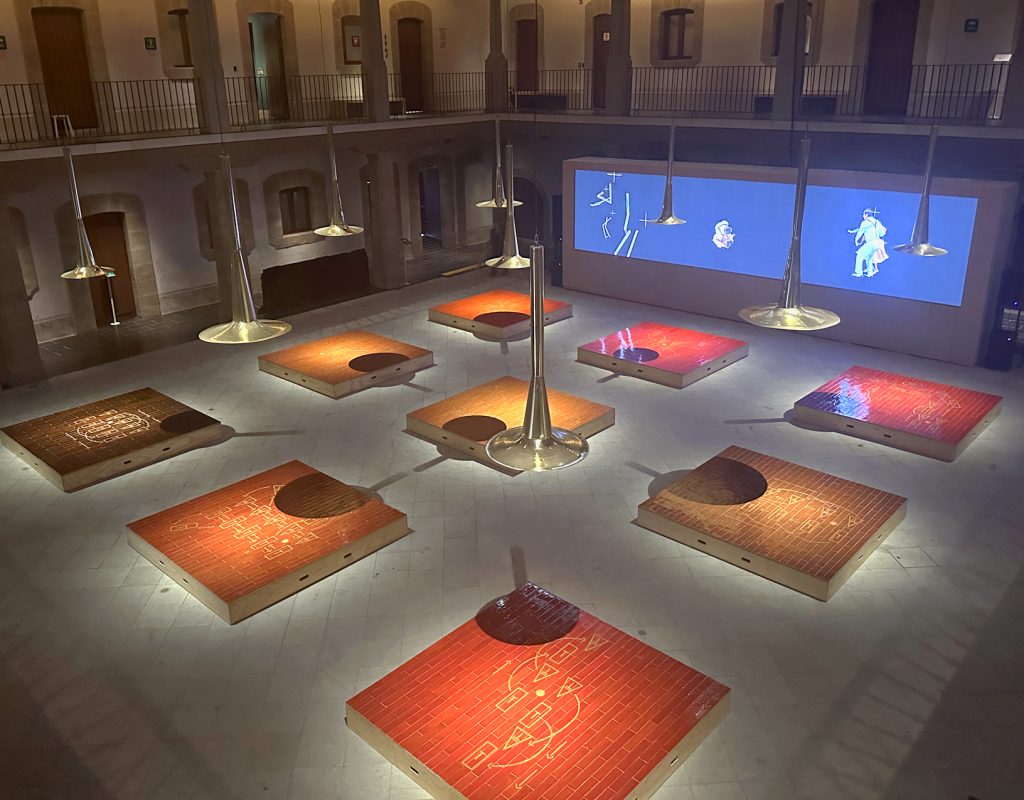
Pista de Baile
Curadora
Data sheet
Credits
DETALLES DEL PROYECTO
Tania Candiani explores graphic systems that synthesize natural and social phenomena using notations that frequently function as instructions. For her, these translations are one of the methodologies that link her video work, created with individuals and groups, with more abstracted paintings and sculptures. Pista de Baile (Dance Floor) (2024) is a new artwork commissioned by Museo Kaluz that addresses these interests. In this project, Candiani takes as a starting point the culture of the traditional dance halls in Colonia Guerrero, such as the Salón México and the Salón Los Ángeles, to create a video-installation that traces an experiential chronology of the musical genres that inhabit these spaces through the bodies of the dancers that populate them, from the “guaracha” whose origins lie in the XVII century, to “salsa”, originated during the 1970s. Conceived for the museum atrium, the piece integrates the soundtrack by Pepe Mogt, a renowned electronic musician and founding member of Nortec. Mogt creates a series of contemporary variations based on the iconic harmonies of the ballrooms. Distributed across ten channels, each one generates a sonic environment that invites observers to become participants, using a series of graphic works as surfaces to dance, following the diagrams of each dance represented in the video. The video transforms into an experience that synthesizes the movements of the dancers, previously captured through a Kinect camera that translates them into a series of linear strokes highlighting their drive towards becoming pure movement.
Lucia Sanromán
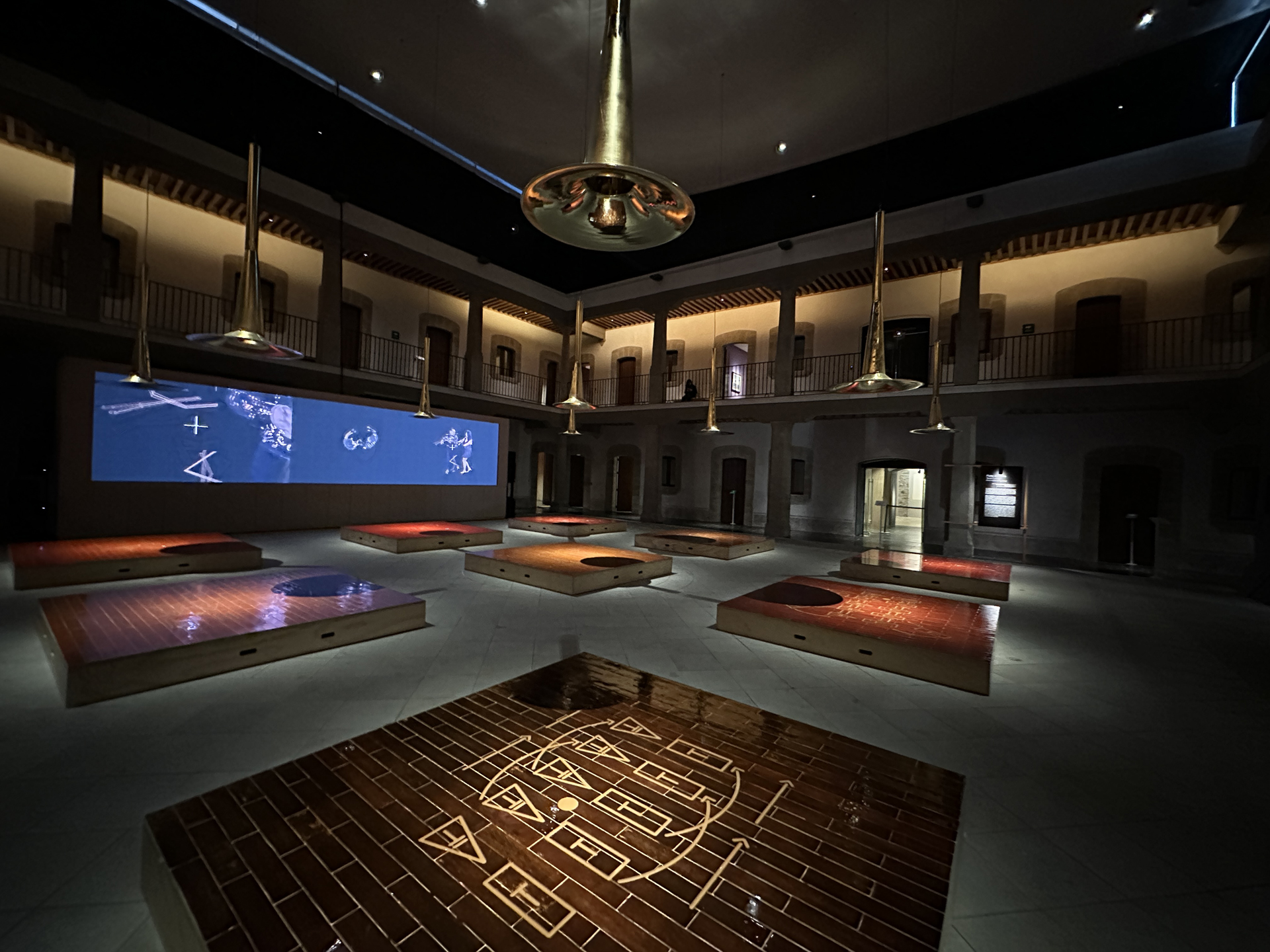
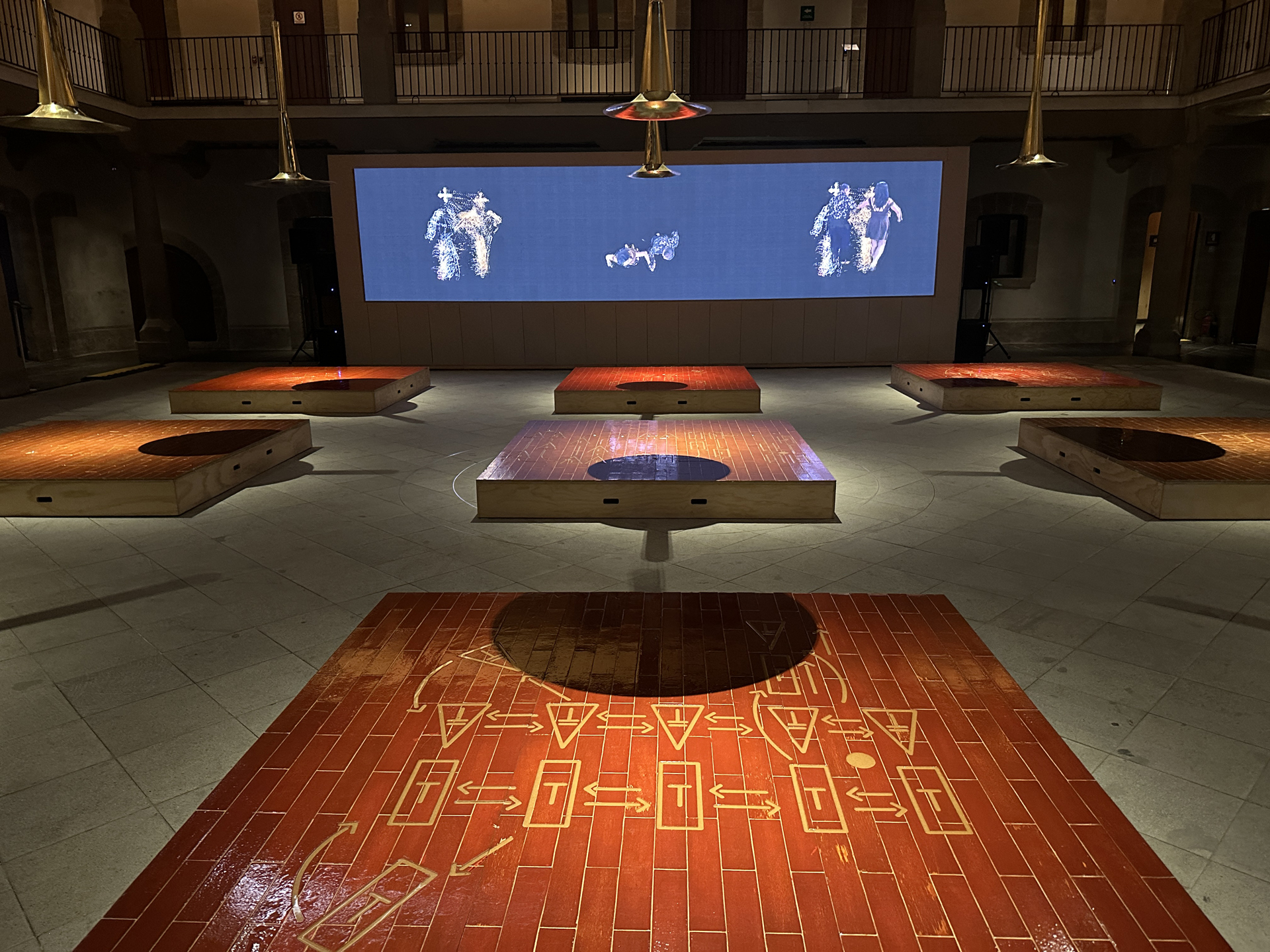
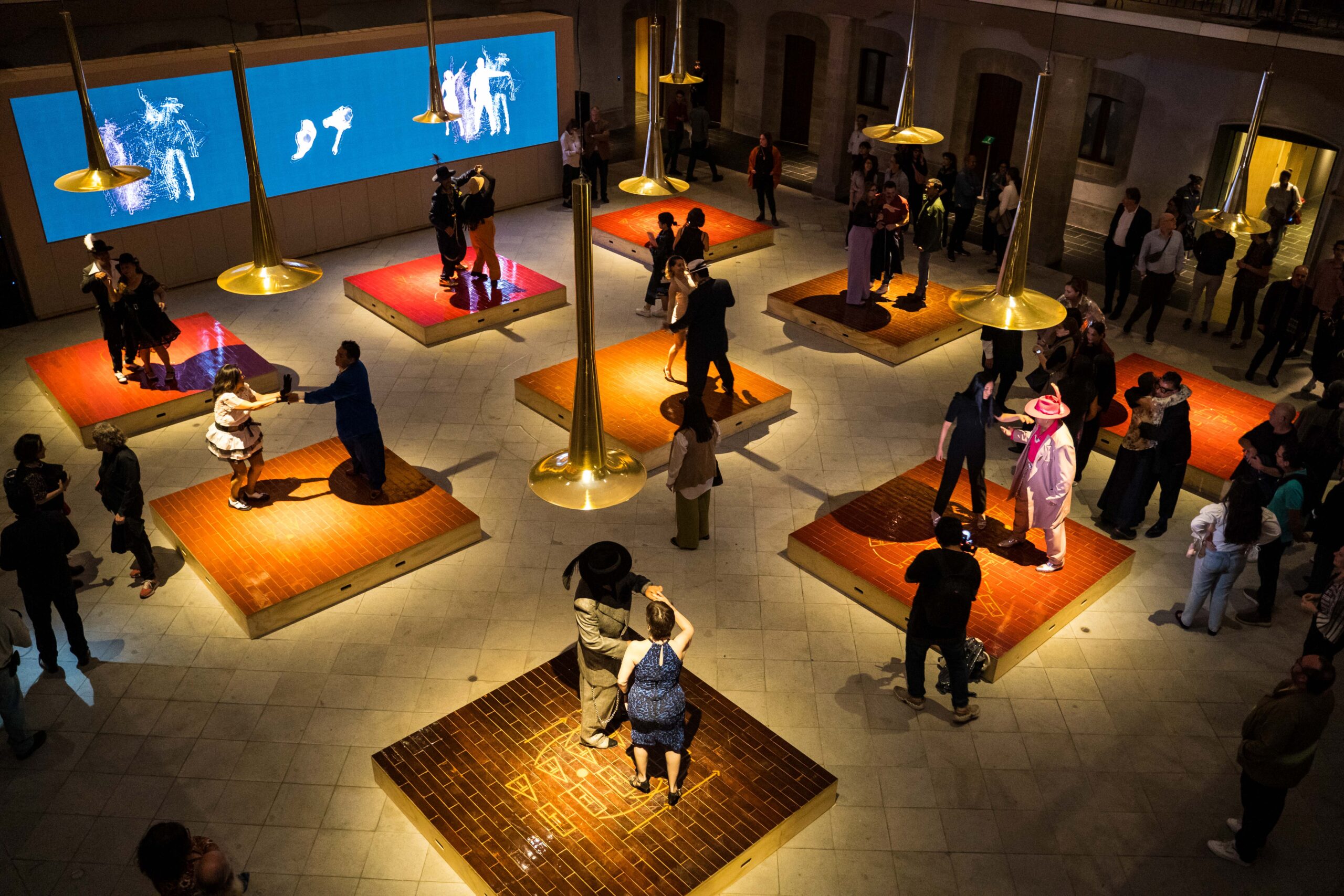
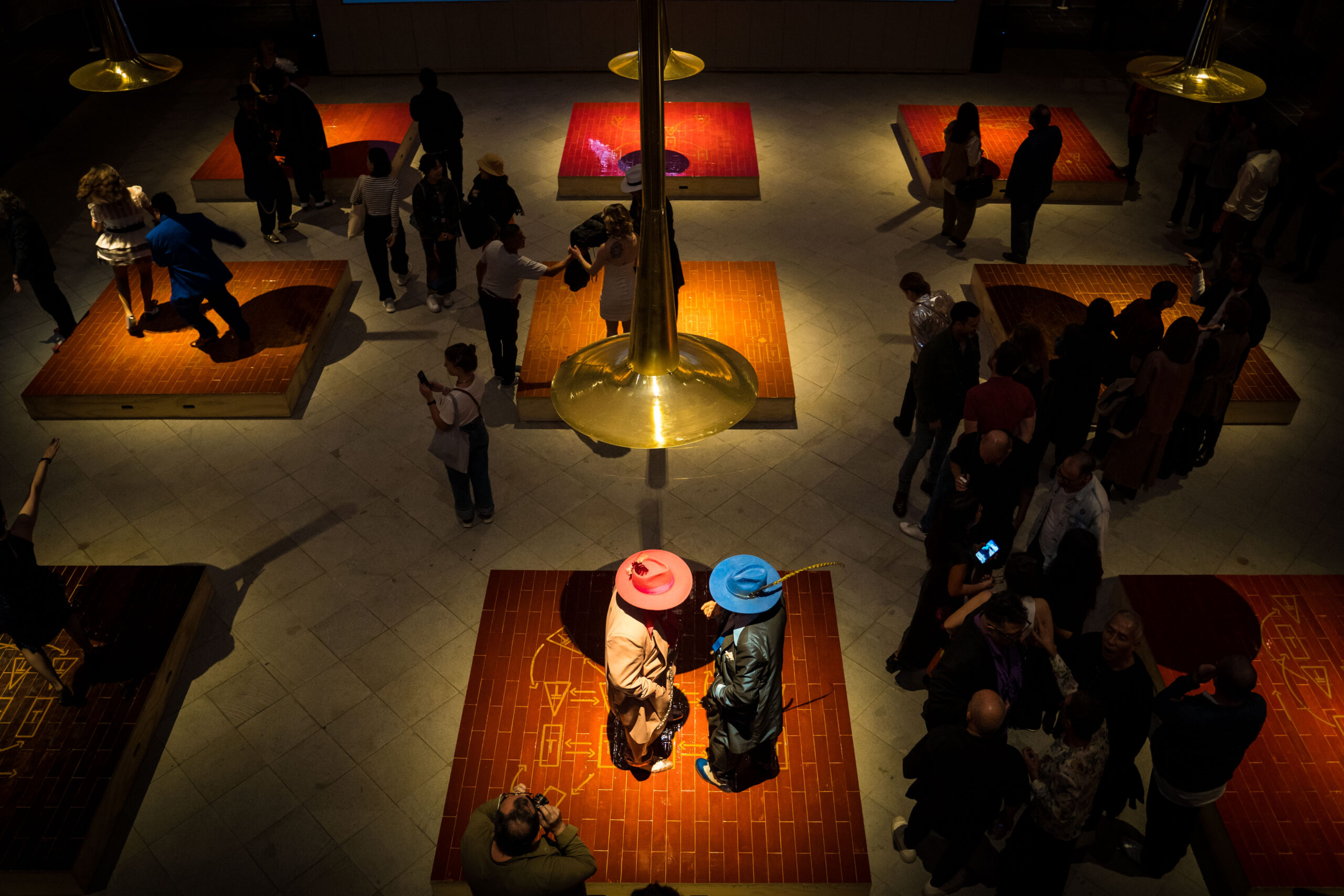
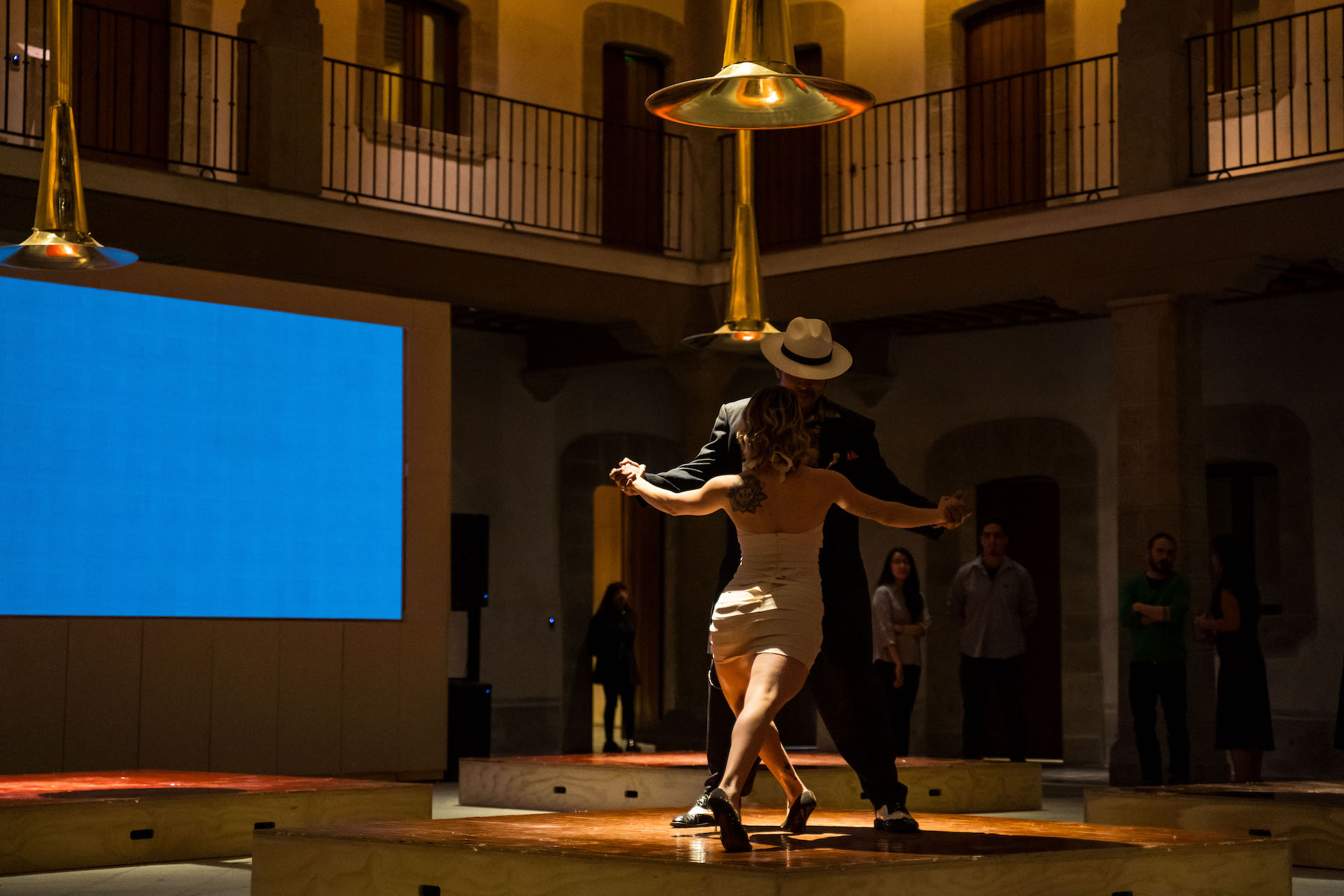
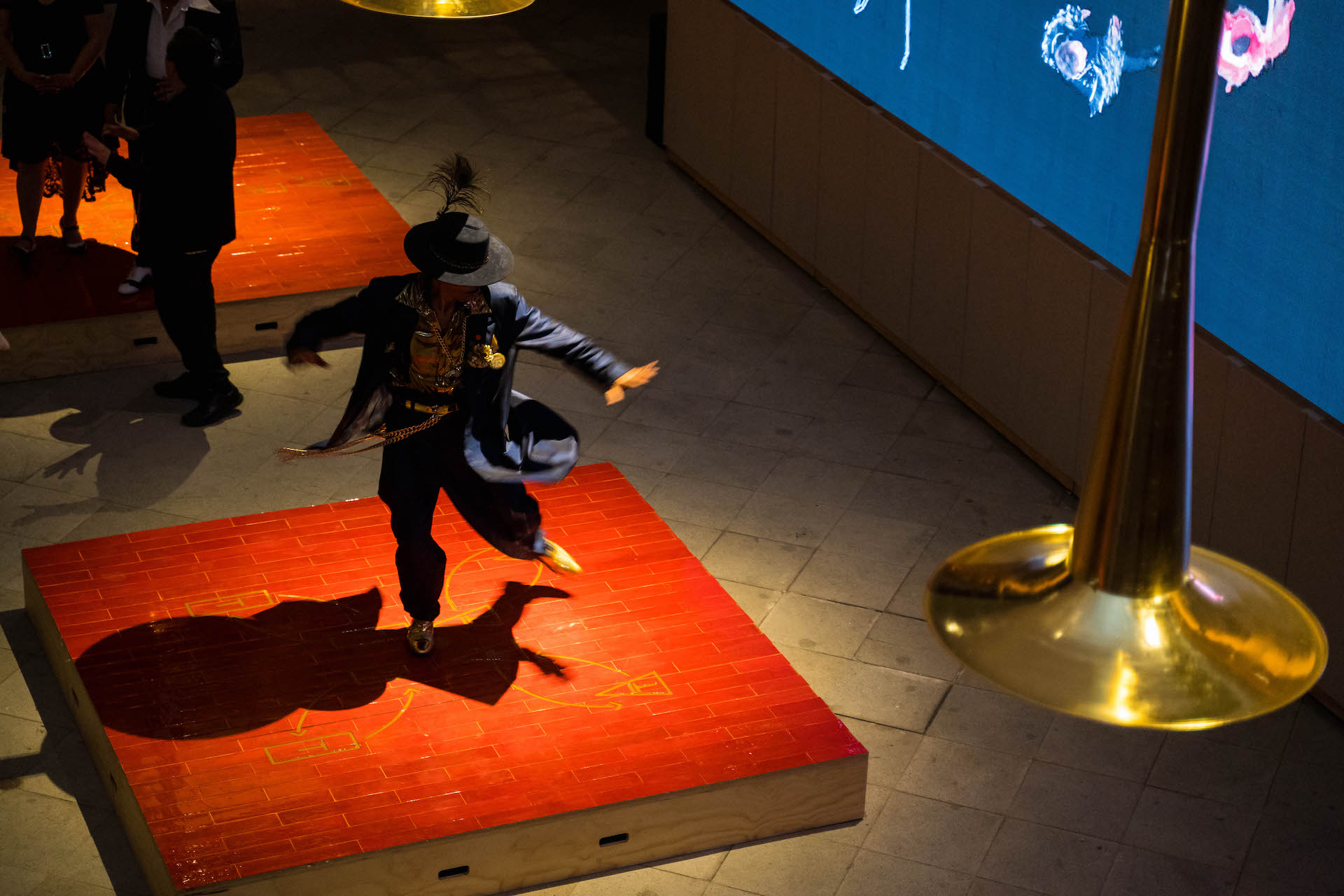
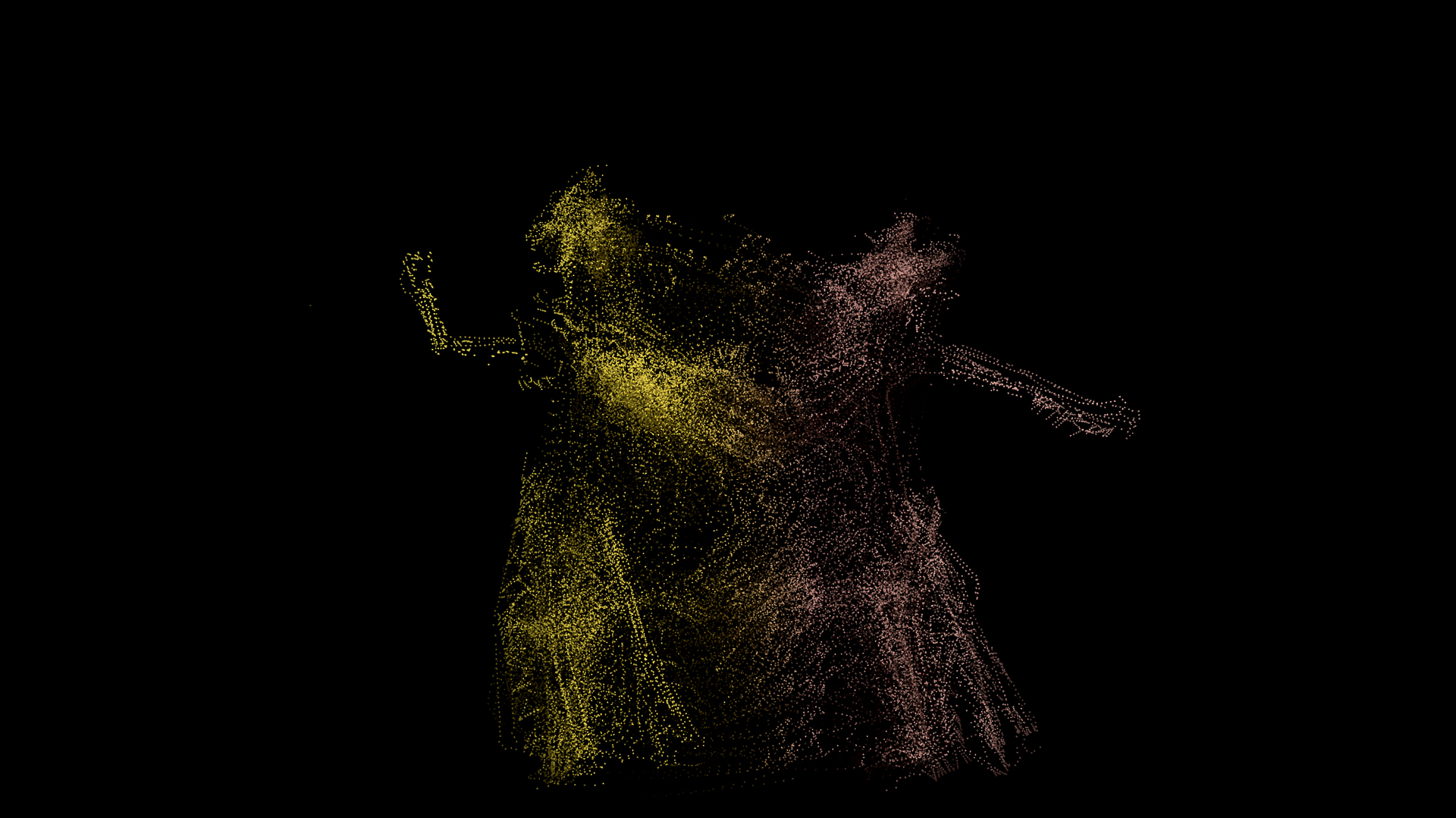
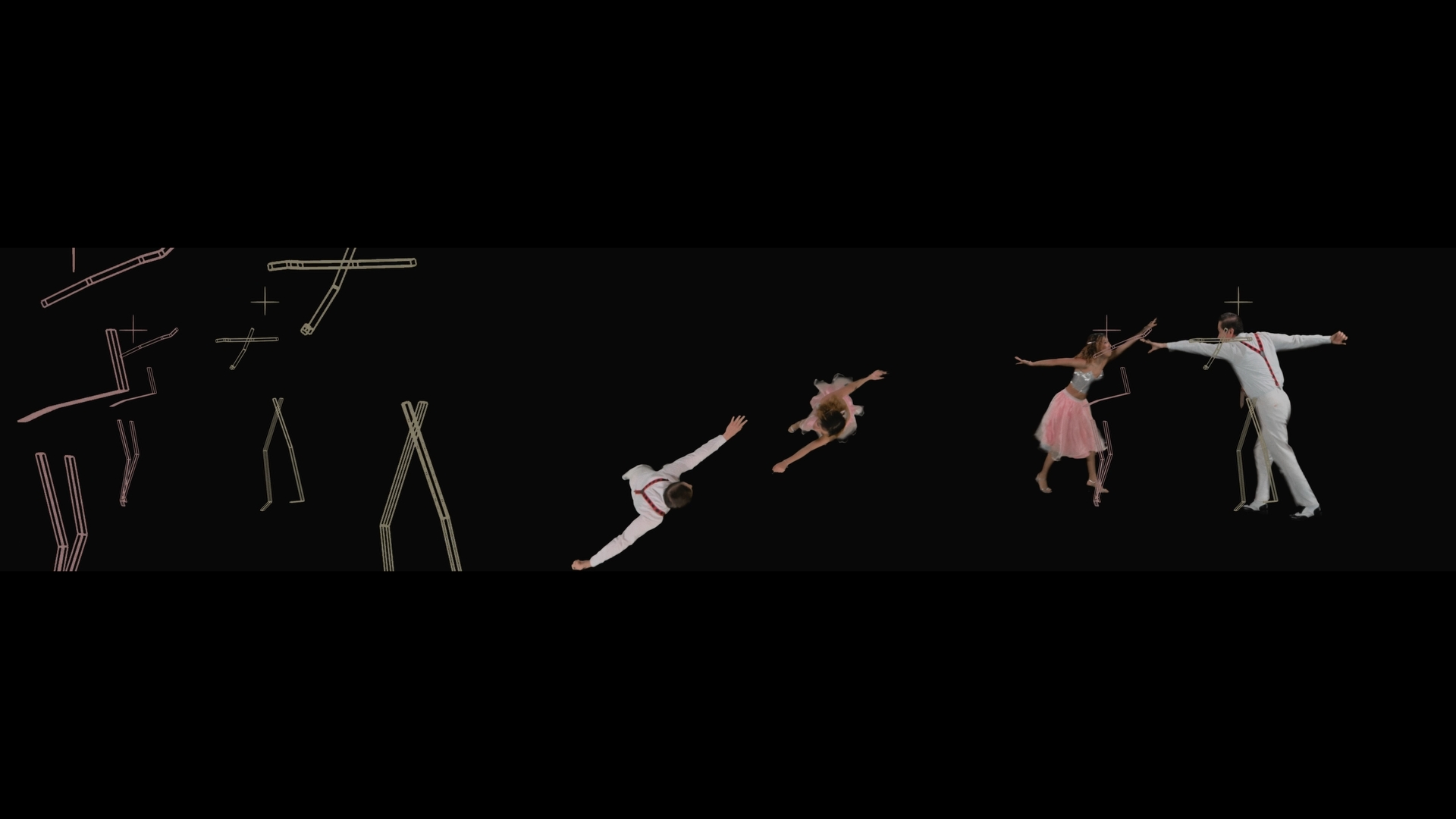
Xilografías
Ficha Técnica
DETALLES DEL PROYECTO
Xilografías is a conceptual extension of Tania Candiani’s artwork Pista de Baile, transforming the wooden platforms from the latter into tools for graphic production. In Pista de Baile, Candiani explored the rhythms and bodily movements associated with traditional dance halls in Mexico City, such as Salón México and Salón Los Ángeles. This project synthesized historical and cultural narratives through a combination of video, sound, and interactive dance diagrams. The platforms used in this installation, engraved with dance step diagrams, served as both notational tools and interactive surfaces, allowing viewers to engage physically with the dance forms.
In Xilografías, these platforms take on a new life as printing matrices. The carved diagrams, originally designed to guide bodily movement, become the basis for a series of nine unique large-format woodcuts printed on Japanese xuan paper and mounted on canvas. This process not only captures the physical traces of the grooves but also metaphorically extends the act of dancing into the medium of printmaking. The platforms, marked by the repetitive steps of dancers, embody a tactile history of movement, which is then translated into graphic form. Each print becomes a record of a collective memory tied to the rhythms and gestures of the dance floor.
Conceptually, Xilografías bridges the ephemeral nature of performance with the permanence of visual art. The printed works carry the weight of their origins in *Pista de Baile*, preserving the imprints of cultural rituals while reframing them as objects of contemplation. This dialogue between movement, sound, and materiality reflects Candiani’s broader practice of translation, where she transforms intangible phenomena—such as music and dance—into tangible artifacts. By linking the two works, Candiani emphasizes the interconnectivity of disciplines, using the language of art to celebrate and archive the embodied histories of dance and its cultural significance.
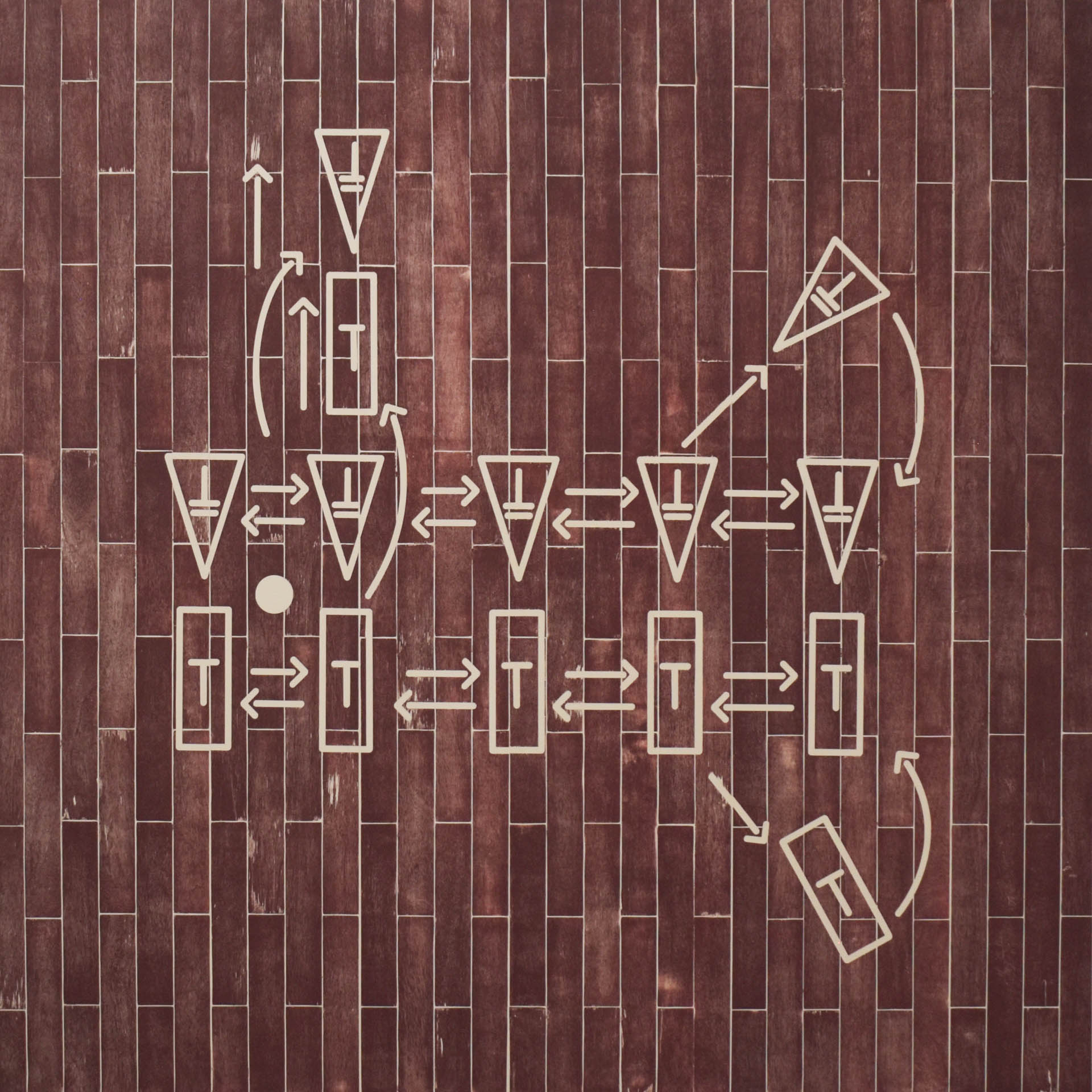
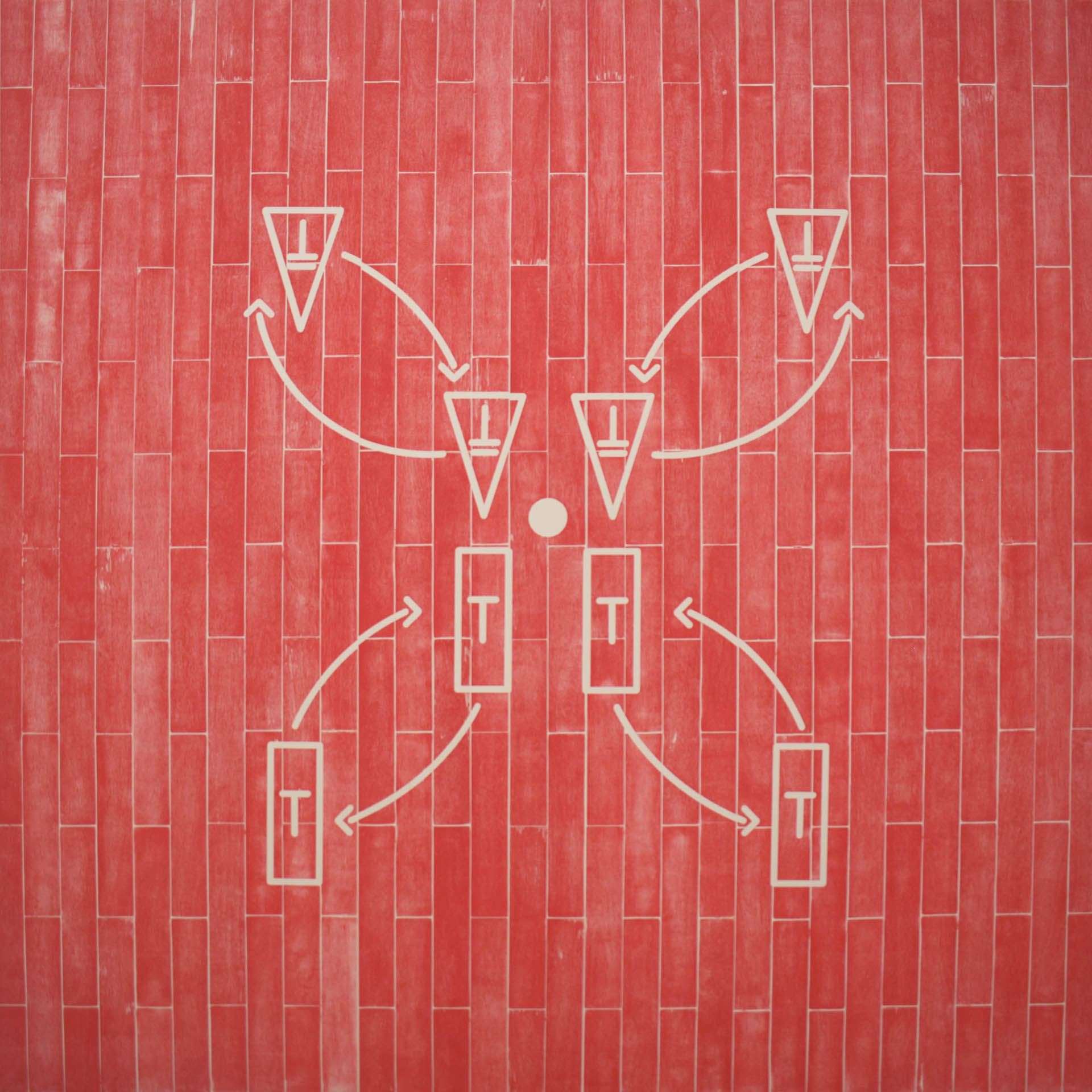
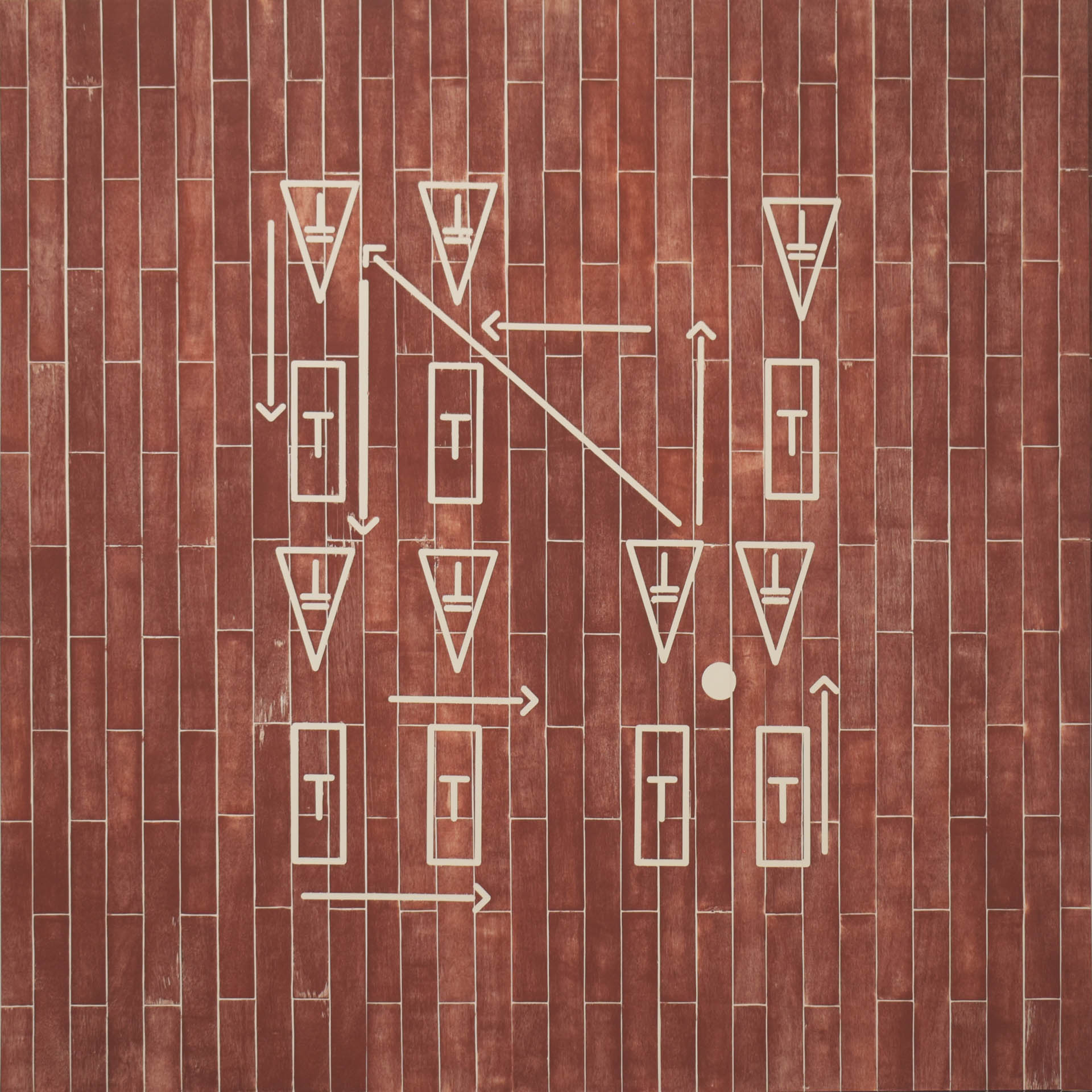
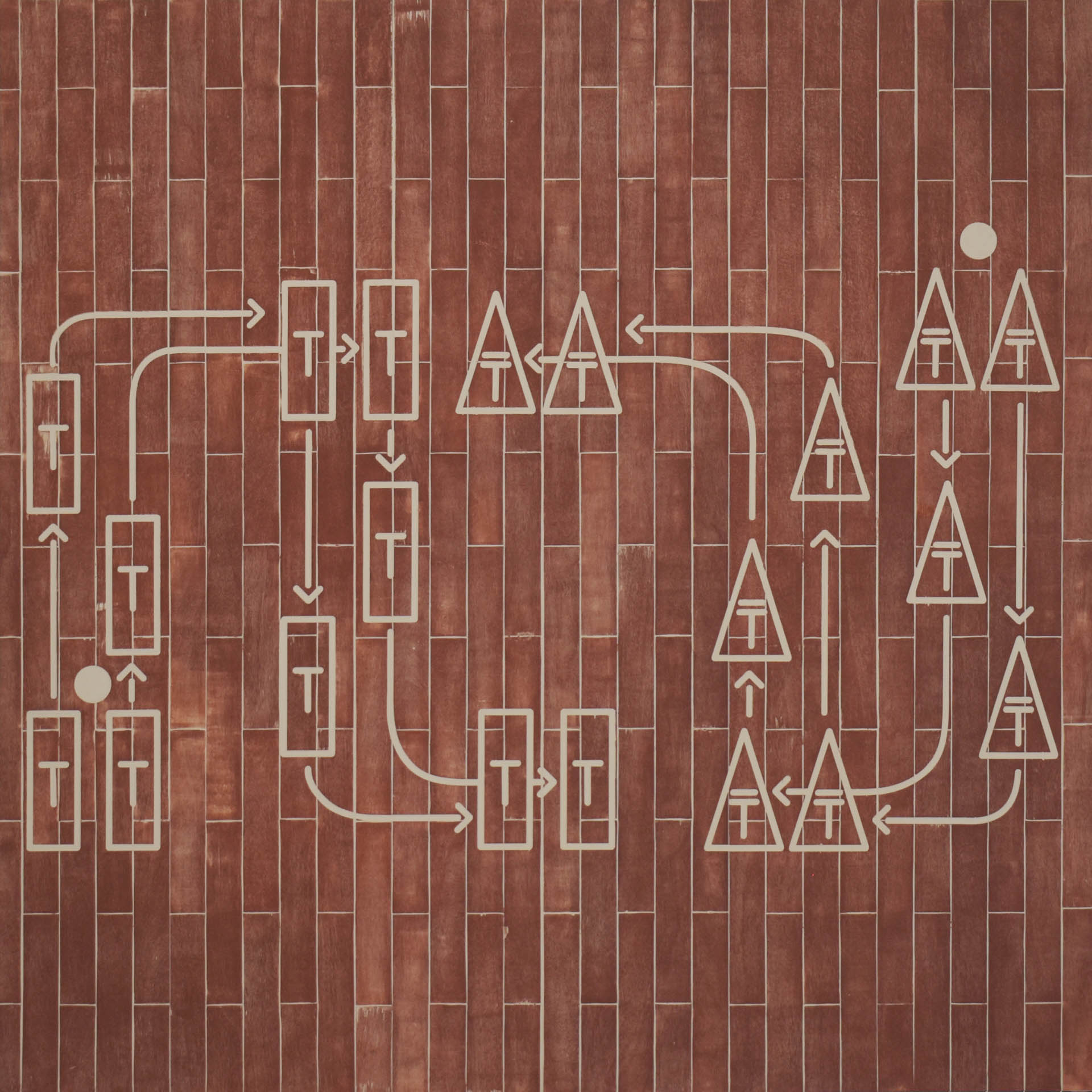
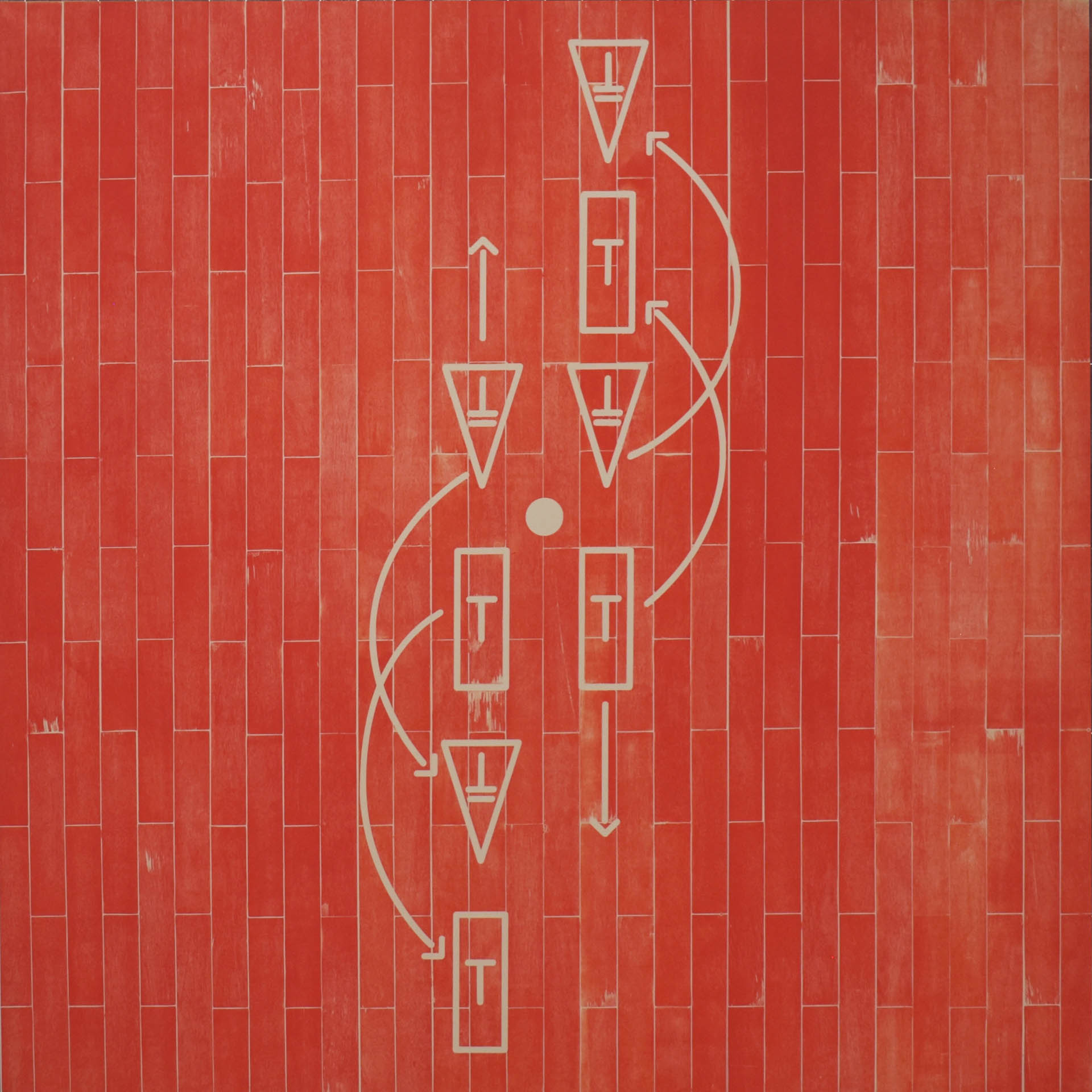
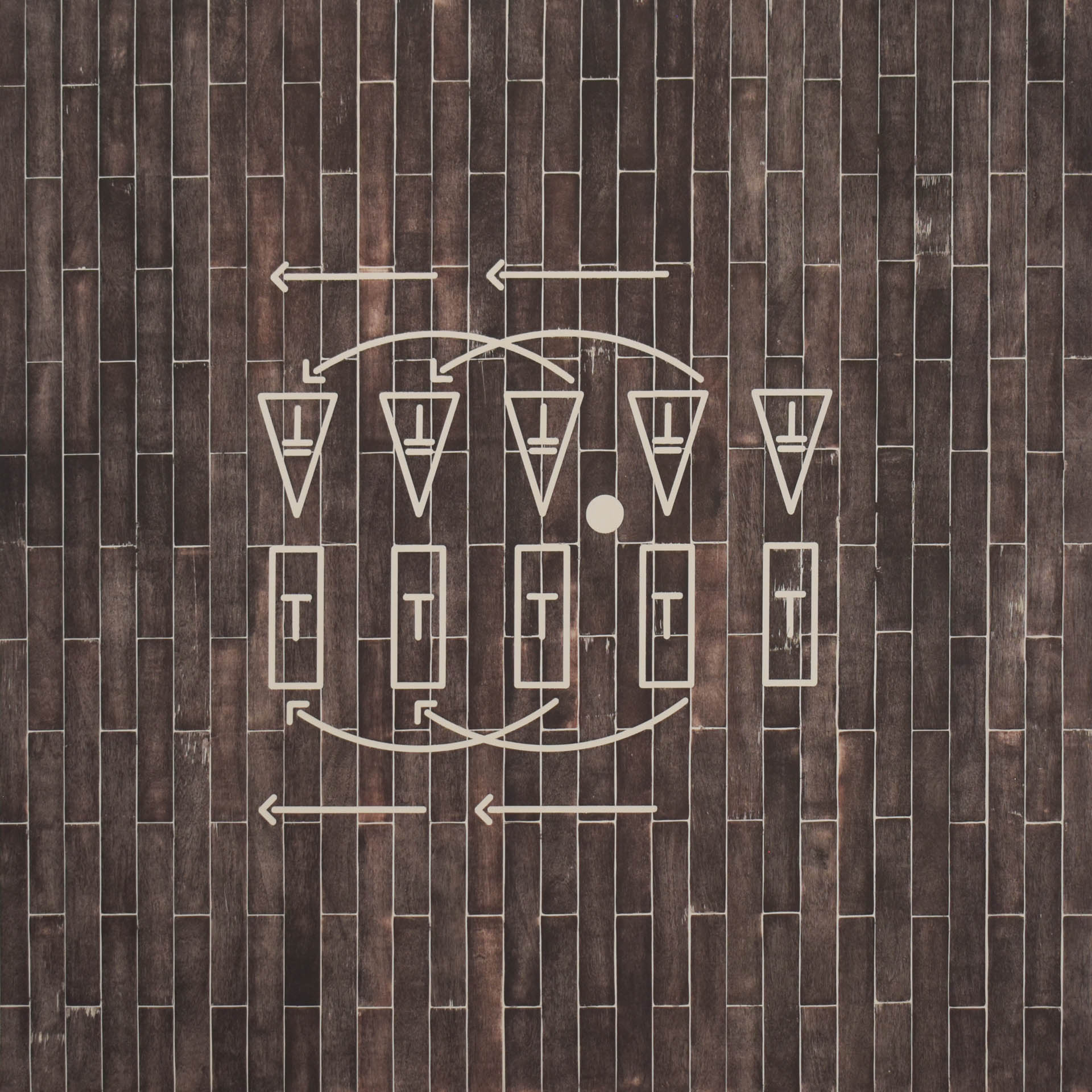
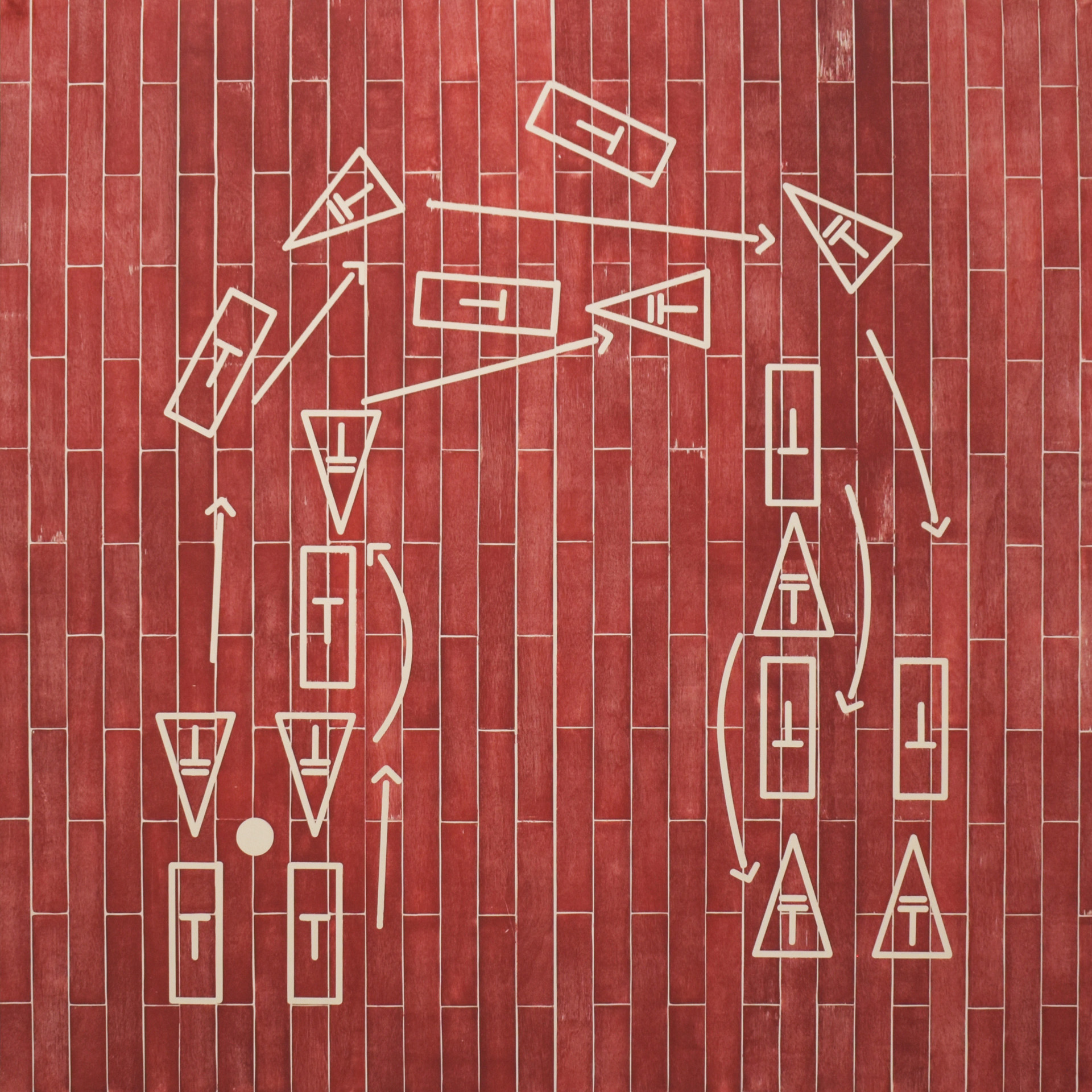
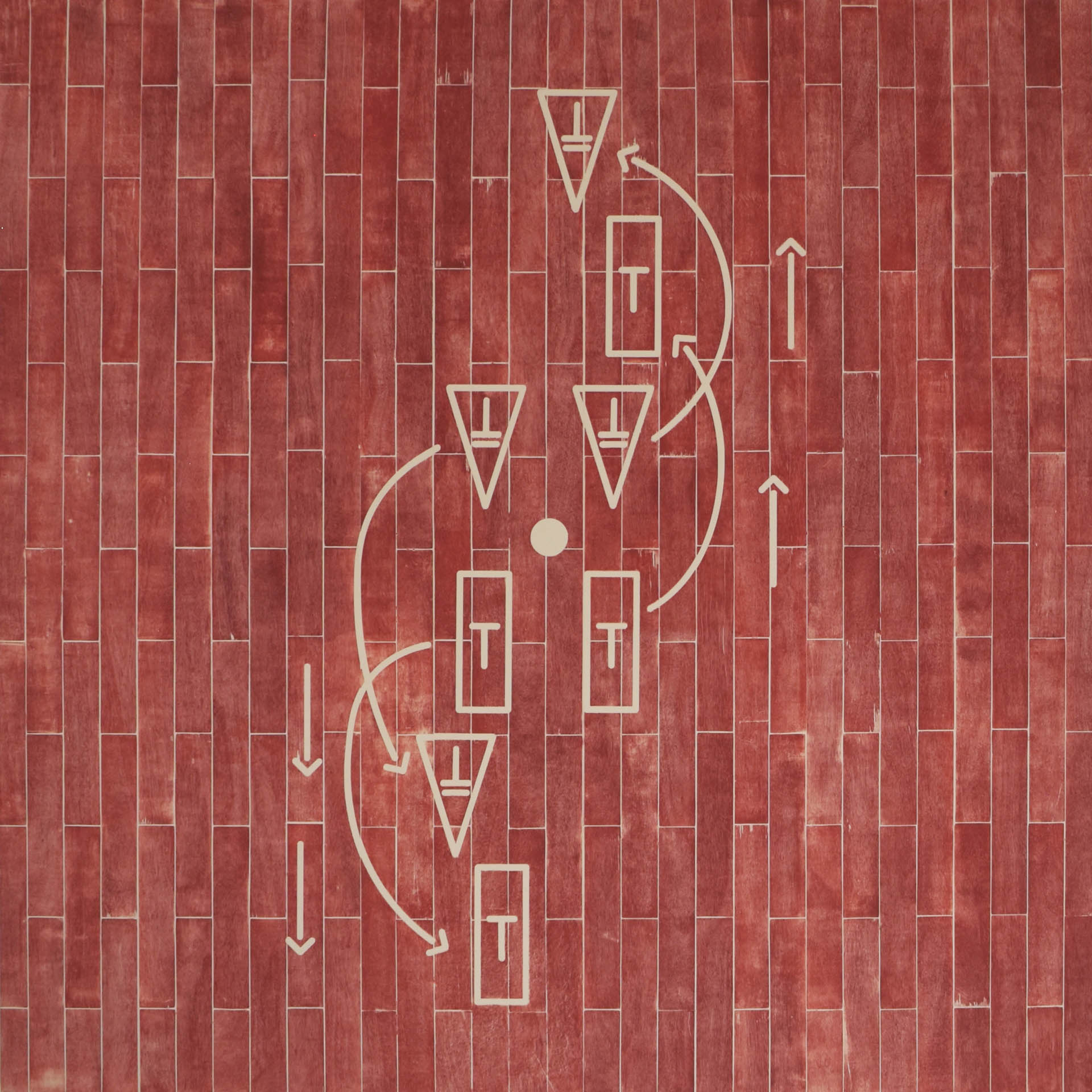
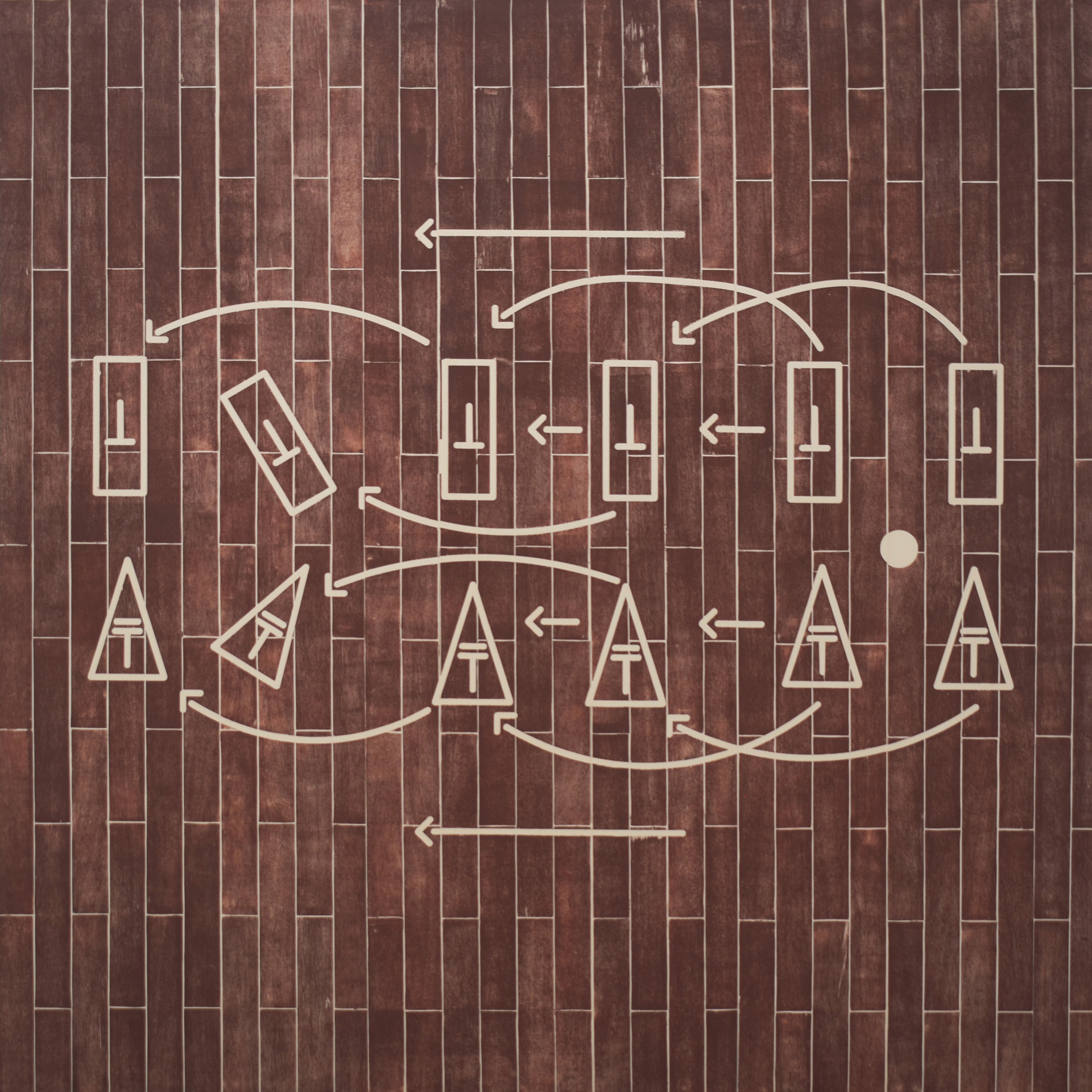
DETALLES DEL PROYECTO
DETALLES DEL PROYECTO
DETALLES DEL PROYECTO
DETALLES DEL PROYECTO
DETALLES DEL PROYECTO